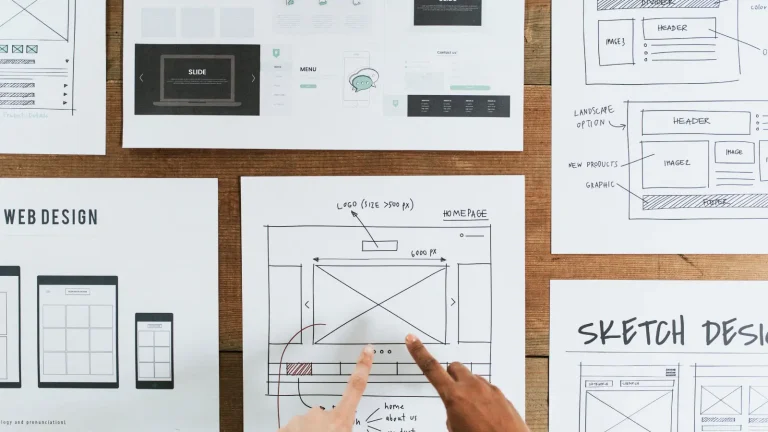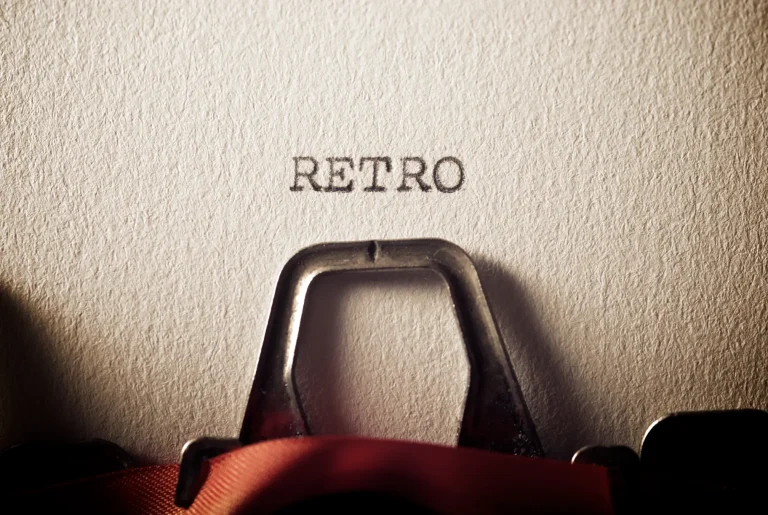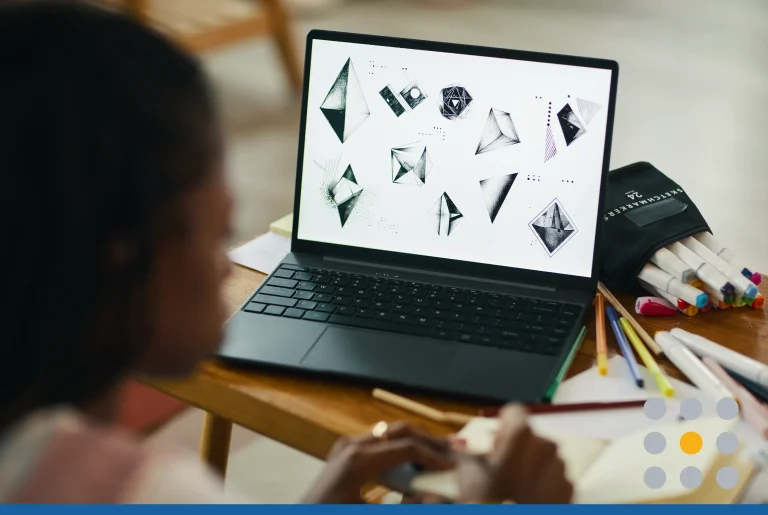Just like a great haircut, the perfect font for your logo is the finishing touch to your stunning outfit.
You’ve spent a lot of time thinking about your brand identity and what type of logo design might be best for you. With so many colors and shapes to choose from, how do you decide what is the best font for a business logo?
In our guide, we start simple by explaining what makes a font different from a typeface. From there, we move on to fonts you’ll have seen in your everyday life. The next step is to then look at the many different fonts, whether they be display fonts, logo fonts, or even free fonts.
Finally, you’ll learn logo design from scratch, and we’ll teach you all the tweaks you can apply, such as lowercase letters.
Let’s begin our deep dive into logo fonts!
- What Makes a Font Different from a Typeface?
- Commonly Used Everyday Fonts
- Best Fonts for Logos
- Serif Fonts
- Sans Serif Fonts
- Logo Fonts
- Display Fonts
- Memorable Logo Fonts
- 5 Tips for Choosing Fonts for Logos
- How to Design a Logo in 5 Easy Steps
Blog Highlights
- Commonly used everyday fonts: Have you used a word processor and wondered what the difference is between serif fonts and sans serif fonts? If you want your logo fonts to look great, we can show you the everyday fonts you use and what they mean.
- 7 tips for choosing fonts for logos: From sharp serifs to geometric typefaces, logo fonts should be easy to put together. With our handy tips, you’ll be creating a great business logo design in no time!
- How to design a logo in 5 easy steps: If you’ve struggled to squeeze geometric sans serif font into geometric shapes, then allow us to show you where Easy Street is!
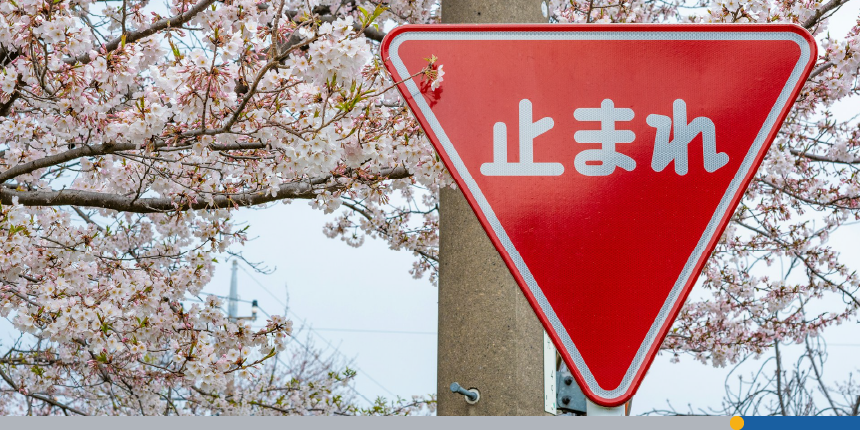
“Typography must be as beautiful as a forest, not like the concrete jungle of the tenements. It gives distance between the trees, the room to breathe and allow for life.”
― Adrian Frutiger
What Makes a Font Different from a Typeface?
Please think of a typeface as 26 letters from A to Z. In your everyday life you will have come across typefaces that aim to convey their message in a unique way. For example, think of comics for very young children. The letters used are not sharp and scary but are soft with simple lines.
Traffic road signs—whether giving a speed limit or a warning—have letter shapes that are economical and serious.
In the United Kingdom, all road signs have a typeface known as Transport. This typeface informs road users very quickly as it contains plain letters without artistic touches. It’s important to note here that the Transport typeface is a sans serif typeface.
Okay, so What’s a Sans Serif Typeface?
Well, we need to explain what a serif typeface is first. A serif is when a small line is added to the end of a larger stroke in a letter. This process is what creates a serif. Let’s paint this explanation with a picture:

As you can see above, the serif typeface added to the exit sign is a nice design choice. Serif offers a traditional feel that has a vibe of history and class. We’d say serif is a nice choice of design for something with a history behind it.
However, if someone is driving at 55 kilometers per hour. In that case, the typeface might be too distracting and would not communicate its message effectively.
Transport, the typeface used for road signs, is a sans-serif typeface. Sans is a French word meaning without. So, the typeface has no additional lines.
Here’s a picture of a UK road sign. Contrast it with the EXIT sign picture above:
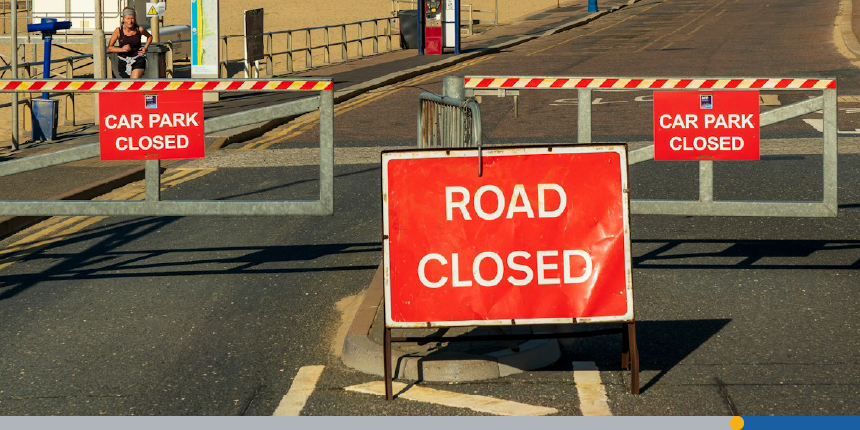
You can see that the above road sign contains no additional lines.
Now I Know What a Typeface Is, Can You Tell Me What a Font Is?
A font is when you take a letter from a typeface and make small differences, such as making letters bold and italic.
What makes fonts so wonderful is that they can be tweaked and adjusted in endless ways. This design ability can transform marketing materials and logos for your brand.
Commonly Used Everyday Fonts
With so many different fonts available to you, how can you choose a specific font that will be best for your logo? They do say that the best method of studying is observation.
Whether sitting at your desk using a computer or walking past a road sign in the street, there is plenty of help available when it comes to choosing the right font.
With that idea in mind, let’s take a walk through popular fonts you see in your everyday life. In reading our descriptions of the following fonts, consider their meanings and styles then ask if they would be best to represent your brand in a logo.
Arial
The Arial typeface features a large font family and is a popular choice with many Word Processors. If you’ve used Google Docs you’ll have noticed that the first typeface offered to you is Arial. Helvetica’s font family inspired the design of Arial.
The result, a typeface that has created many fonts, has been used by both Google and Microsoft as the primary font for their webpages, as Arial is a web-safe font.
And what exactly is a web-safe font?
Whatever web browser you’ve used in the past will have come with its own font to make sure that website text appears the same way for all users. A web-safe font, such as Arial, is also used by web browsers to get webpages to load faster.
A Famous Company That Uses Arial
Microsoft
Microsoft made the Arial typeface free when it released its operating system―Windows 3.1. It also spread the idea of this typeface being adjusted into fonts that would look great on marketing materials and even logos.
Baskerville
Baskerville was designed by John Baskerville in 1757. A serif typeface, Baskerville was later reworked into the Monotype Baskerville font in 1923 by Stanley Morison, both a typographer and historian.
Morison kept the serif fonts and created letters that would be used in a logo font typography classic.
Using uppercase letters, Vogue magazine created a logo design that highlighted the elegant and clean but sharp lines of the Monotype Baskerville font.
A Famous Company That Uses Baskerville
Vogue
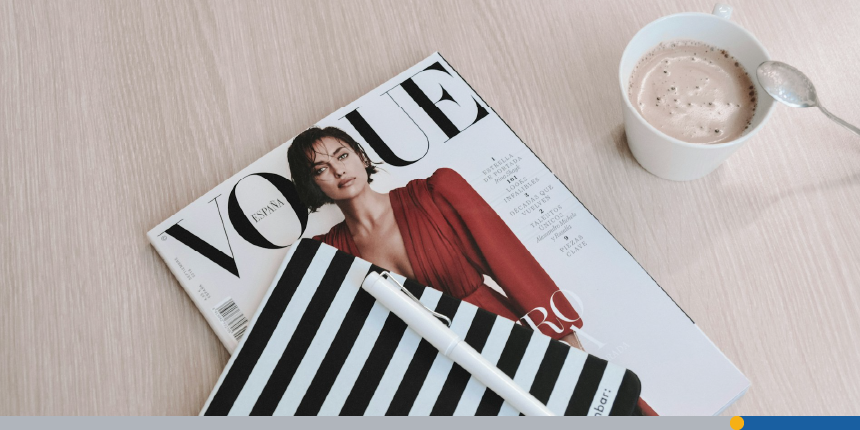
Times New Roman
In 1929, the Times of London newspaper hired Stanley Morison to work his magic and conjure up a new serif typeface. In homage to the designer, Google always displays the entire search results page in Times New Roman when searching for Stanley Morison!
Ever since, Morison’s Times New Roman has become the typeface of choice for newspapers and magazines across the globe.
The typeface is extremely legible due to a number of factors, with 3 being of most importance:
- It has a serif design, which makes readability easy as its extra lines guide your eyes along the page.
- Times New Roman has a good contrast as it uses a variety of thick and thin strokes. This helps make characters, even in a small size, easily distinguishable.
- As a standard typeface on most word processors across platforms, Times New Roman is very good for compatibility.
Times New Roman also has a number of offshoot fonts, such as Times New Roman OS, which is based on the Times New Roman font used by Microsoft in their operating system known as Windows Vista.
A Famous Company That Uses Times New Roman
Time Magazine
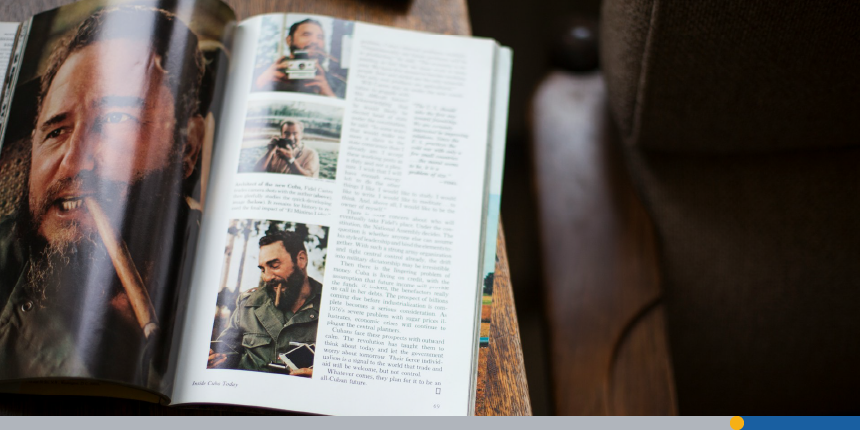
Best Fonts for Logos
In trying to help you pick a font for your logo, we’ve discussed the emotions some fonts conjure up, such as:
- Class
- Elegance
- Traditionalism
We’ve also discussed the history of some fonts giving you an idea of how they became part of a contemporary typeface or how they were later reworked into a more modern appearance.
All of the information we’ve provided so far will give you an idea of how to project your brand personality in a visually appealing way.
The next step is for us to help you decide on your logo font selection by explaining the purpose of different fonts and the companies that use them.
Serif Fonts
If a store has been selling a particular item for a very long time, then a serif font would be a good choice. Serif fonts have a classy yet subtle vibe. Serif fonts not only look great in both uppercase and lowercase letters but also suggest a more historical experience.
Serif typefaces are best used as business logo fonts if your brand is attempting to convey feelings of elegance and tradition.
The look of a store can be complemented by using Arial Rounded font, which features rounded letters with soft angles to help your brand and store appear more approachable.
4 Famous Companies That Use Serif Fonts
1. Sony
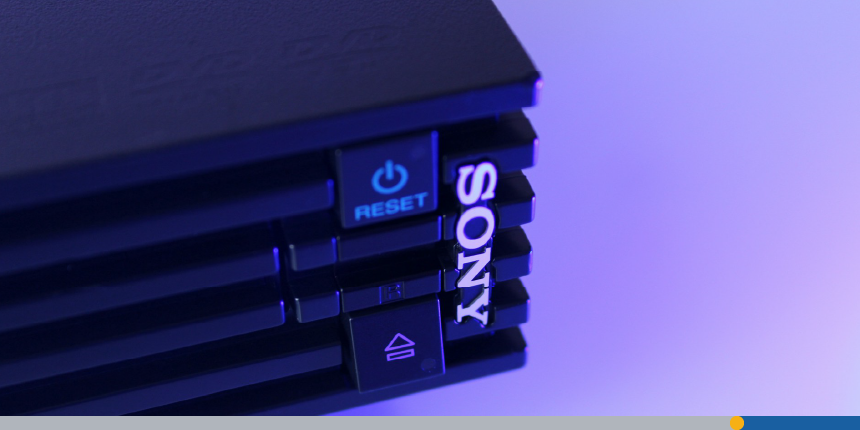
2. Gap
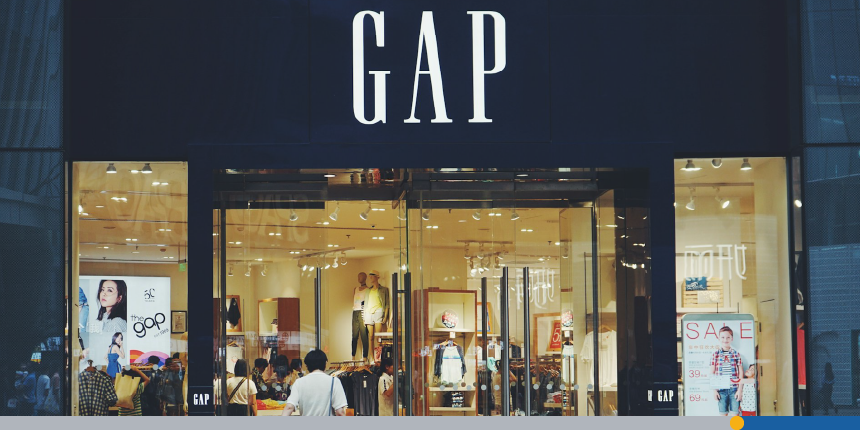
3. Mercedes-Benz
4. Tiffany & Co.
Sans Serif Fonts
For an elegant logo design, we’ve recommended serif fonts. Now, we’d like to sell you the idea of a modern sans serif font.
We explained before that serif fonts come with serifs that are small lines attached to the top and bottom of a letter. The lines also help readability giving your eyes a sense of direction in which way to read the text.
Sans serif fonts come without serifs, but they also appear a little sharper and more polished.
Some popular sans serif fonts include:
- Futura
- Frutiger
- Helvetica
- Proxima Nova
These fonts have a stripped-down back to basics charm to them. This quality makes them more likely to catch the eye.
Take a look at the following 4 companies that use sans serif fonts. Also, please take time out to research how these companies combine different colors and bold fonts to push graphic design to its limits.
4 Famous Companies That Use Sans Serif Fonts
1. Adidas
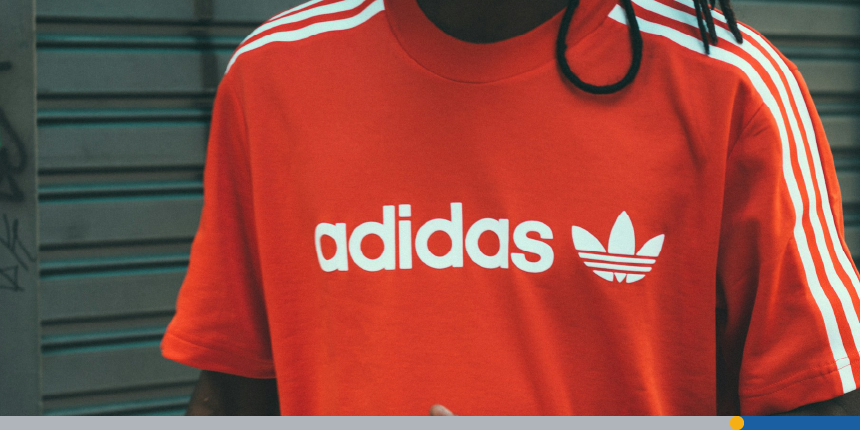
2. Airbnb
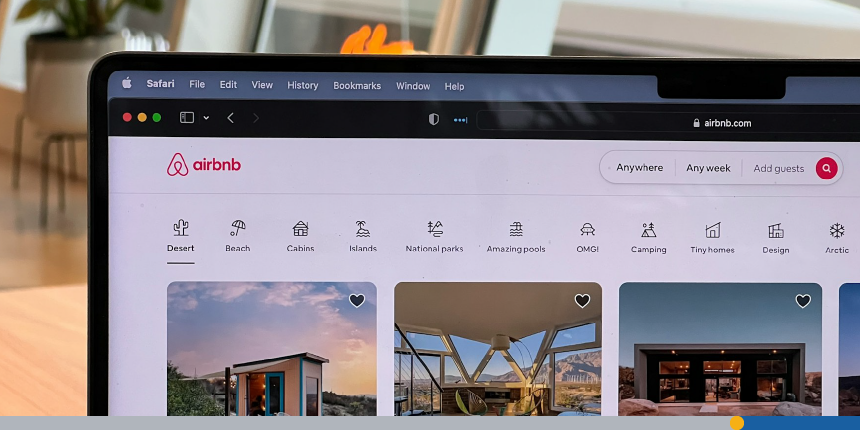
3. Google

4. Spotify
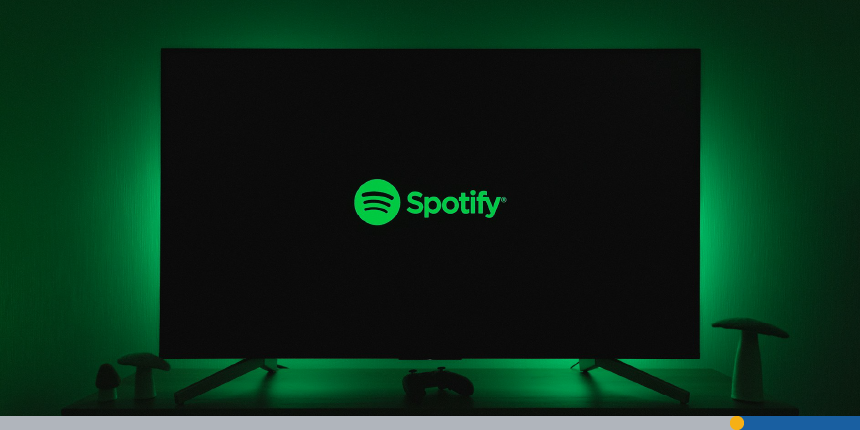
Logo Fonts
In looking at other companies, you may notice the font of their logo makes their brand identity incredibly unique. The distinctive look of a logo is forged over a length of time by experimenting with a specific font family.
Still, in some cases, an entirely new font is created in order to widen the gap between a company and its competition.
Known as one of the best logo fonts on the market, Google strengthened their brand identity in 2015 by creating a new logo font.
Using a custom geometric sans serif typeface called Product Sans, Google revamped their logo and their business.
Display Fonts
A display font can create cool logo fonts by using trial and error in experimental methods, including:
- The use of overly decorative fonts can grab the viewer’s attention.
- Lettering is displayed in stencil, neon, and other less-used materials.
- An emphasis on futuristic or surreal designs to capture interest.
While these fonts are considered avant-garde (modern and experimental), they should also be used sparingly. Keep your font design minimal and not garish.
Your logo should still communicate your brand identity but not drive away potential customers.
3 Famous Companies That Use Display Fonts
1. Fanta
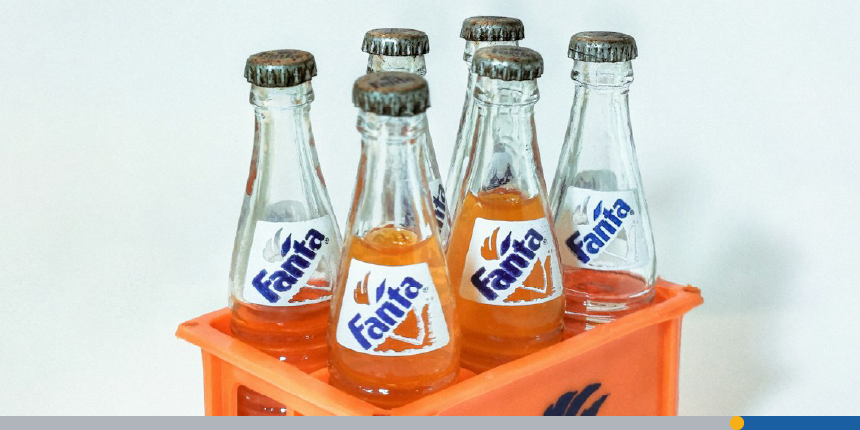
2. Netflix

3. Domino’s Pizza
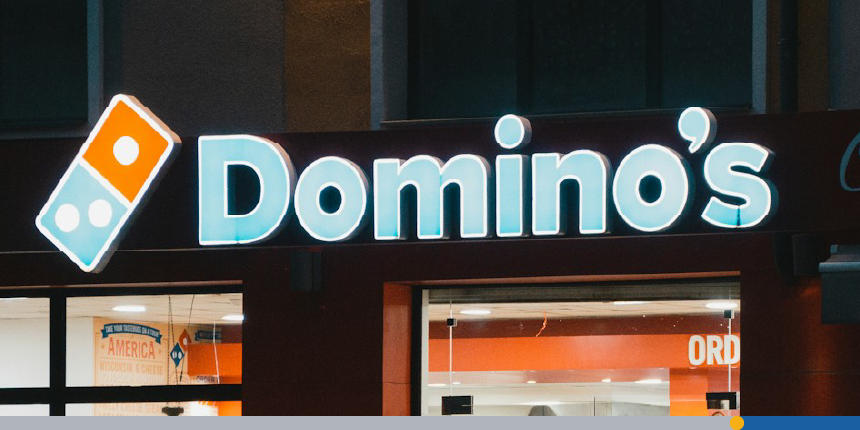
Memorable Logo Fonts
Here’s a quick look at 3 logo fonts that we love:
1. Dunkin’ Donuts
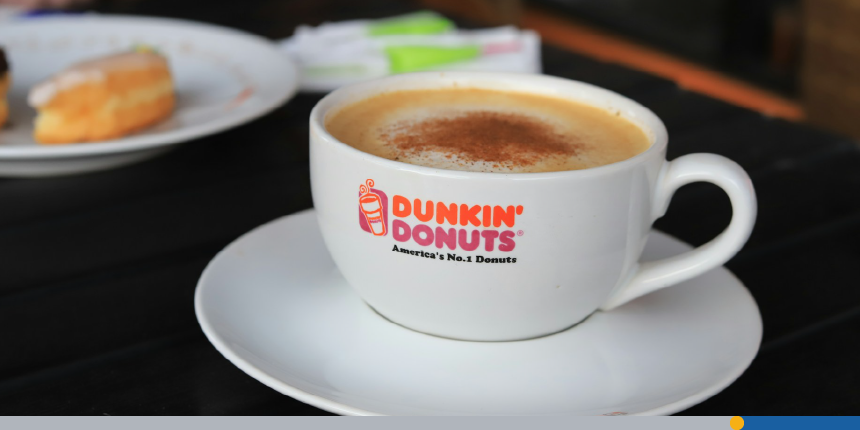
2. Baskin Robbins
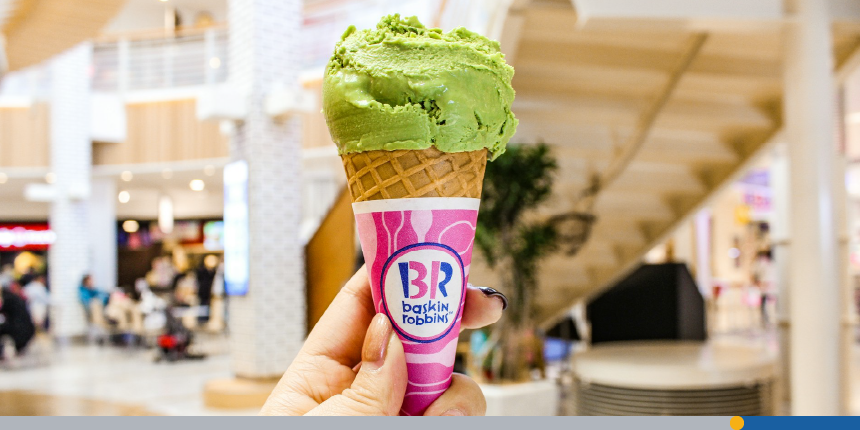
3. Nestle’s KitKat
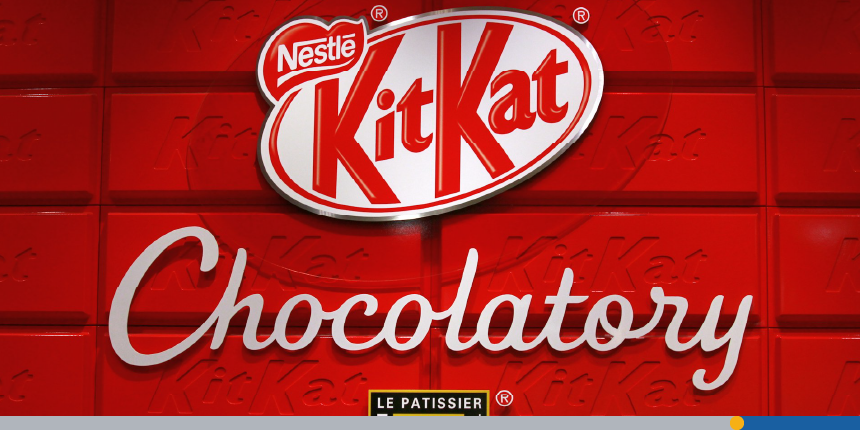
5 Tips for Choosing Fonts for Logos
With or without a degree in graphic design, you’ll now have enough knowledge to know what types of logo fonts appeal to you. We hope you’ll also know what visual identity you want to project.
What we’ll now provide are 7 quick tips to help you decide on the perfect logo font.
1. Brand Identity
Ask yourself what you want your brand to mean. Should your brand appear expensive and refined or available to everyone? For the brand identity of your product or service, you can ask yourself who is it for?
Whether you use one or multiple fonts, pick a font that tells people what it is that you sell.
2. Target Audience
We mentioned before that if you were choosing a font for children’s comics, you’d want the letters to be soft with simple lines.
If your target audience is older, you might aim for a font with sophistication or history behind it―just like the serif fonts of Baskerville.
With your new knowledge, you’ll now be able to look at what a font symbolizes, the feelings it evokes, and the age range it’s appropriate for.
3. Legibility
You remember the Transport font, right? You saw for yourself how an economical sans serif font can guide traffic to safety. The next time you visit a bookstore or newspaper stand, take a few steps back and see which book or newspaper font appears the clearest to you.
With web design ever important in an ever-flourishing online world, your logo font should be legible whether on billboards, store signs, websites, or mobile apps.
4. Minimalism
Choosing the right font for your logo, whether the logo is a geometric form or a simple square, will be easy if you don’t overthink or overdo the process.
It’s tempting to throw everything into your first logo, but try to keep your early designs tight and minimal. Try a serif logo font on a simple background, then move on to trying script fonts on different colored backgrounds, but try not to complicate your designs when you first get started.
5. Experiment, but Take Your Time Doing It
While first using fonts on your new logo, try to research the topic of logo fonts at the same time. And please don’t be put off by anything new. If you don’t know about workmark logos, script fonts, or serif logo fonts―don’t panic.
Always take your time when creating a logo. Remember that you have our handy guide to help you and a wealth of material freely available on our blog. Don’t worry: our blog is going nowhere!
How to Design a Logo in 5 Easy Steps
As well as discussing the types of logo fonts you can choose, we thought it would be an idea to talk about designing a logo. A great logo font can only take you so far, and designing a logo can sometimes be a time-intensive process.
If you want a great logo but don’t have too much time to invest, please let us recommend the use of a strong Logo Maker. To keep your brand identity and other design elements looking good, you might find a logo maker is an intuitive and easy to use solution.
One logo maker with a simple interface and customizable templates is available from FreeLogoServices.
Suppose you’d like an impressive logo that is good enough to put on your merchandise, such as pens and t-shirts? In that case, FreeLogoServices offers a fantastic logo maker.
They also have an incredible Business Card Maker which can create professional-looking business cards that you’ll be proud to show to existing and prospective customers.
1. Choose Your Elements Carefully
Our first tip is to suggest you take your first steps in logo design slowly. Don’t rush, but try to enjoy the process of picking the right font. Also, think about whether one or two fonts will be right for the design you have in mind. Have a nice cup of coffee and sketch out your initial idea.
2. Amplify Your Design with Colors, Icons, & Text
If you feel you’ve picked the right font for your logo, ask yourself how your design can be different from the competition’s. Do you want to go against the grain and use lowercase letters or add a splash of colour that symbolizes the products or services you supply?
Think of how your logo and icon can work well together on one page of your website.
3. Create Different Versions of Your Logo
Dig deep and find the patience to conjure up different versions of your logo.
Take some time to research how each different version of your logo will approach potential customers. You can alternate your lettering with a classic font, thin strokes, a rounded typeface, script fonts, or something different like a slab serif.
Also, try to test different methods in logo creation. In your own time, you could look into:
- Geometric shapes
- Wordmark logos
If you’ve designed a logo you feel is too serious for your customers, experiment with a more playful font.
4. Save Your Logo & Share It
Once you have a logo you’re proud of, save it in numerous file formats and email it to close friends. Ask which part of the logo’s fonts appeals to them. Do they like thick and thin strokes mixed together or something simpler?
We also suggest looking at your logo design on different sized screens. Ask yourself if the logo looks good on:
- Large monitors
- Reasonable-sized smartphone screens
- Small smartwatch display screens
5. Discover Professionally Designed Logo Ideas
Logo creation can involve a lot of work. You may feel overwhelmed by all of the terms―such as script fonts and wordmark logos―we have discussed today. However, there are alternatives for those who feel they need more time to invest in learning how to produce a logo.
FreeLogoServices can quickly put you in touch with their professional logo designers. This option makes it easy for your business to get a new logo quickly. FreeLogoServices will carefully listen as you tell us the brand values you want to see in a good logo created just for you. Please don’t hesitate to let us help you. Get in touch soon!
FREQUENTLY ASKED QUESTIONS
How many fonts are too many?
If you go back to what we said about minimalism, keep your logo simple to begin with. Too many fonts will overcomplicate your design and can often appear unsightly. Take your time and work your way up to a great logo design.
You should also research different types of fonts. If you need clarification on script fonts or experimental fonts, consider your brand personality and study which font closely matches it.
What makes a timeless font?
We’re first going to say eye catching and unique in answering this question. The one font that springs into our mind immediately is the Coca-Cola logo. The uniqueness of the font used on Coca-Cola bottles is the handwritten quality of its font. Take a look and see what you think.
The second thing we will mention is that legibility is an incredibly important factor when choosing logo fonts. With more smartphones in circulation than ever before, ensure your font and logo can be clearly seen no matter how small the screen is that they appear on.
What font looks most professional?
You’ll want to take a look at serif fonts as they are often used in literary work and to convey strong communication. A modern sans serif font will interest you if you want your logo to look very professional.
Can you recommend some trendy fonts?
Josefin Sans font is sharp and very elegant. Its design is close to Gill Sans, which is falling out of favor. Try experimenting with this font, making it bold and italic to best suit your logo.
What is the most modern font for logos?
Most modern logo fonts favor sans serif. Earlier, we talked about some modern sans serif fonts that we would also like to recommend, such as:
- Futura
- Frutiger
- Helvetica
- Proxima Nova
How many logo fonts are there?
Too many! No, we’re only joking and variety, as they say, is the spice of life. Logo fonts are so numerous but also always changing. We really can’t put a number on how many there are. However, if you’re getting into logo fonts and logo design, then that can’t be a bad thing, can it?
